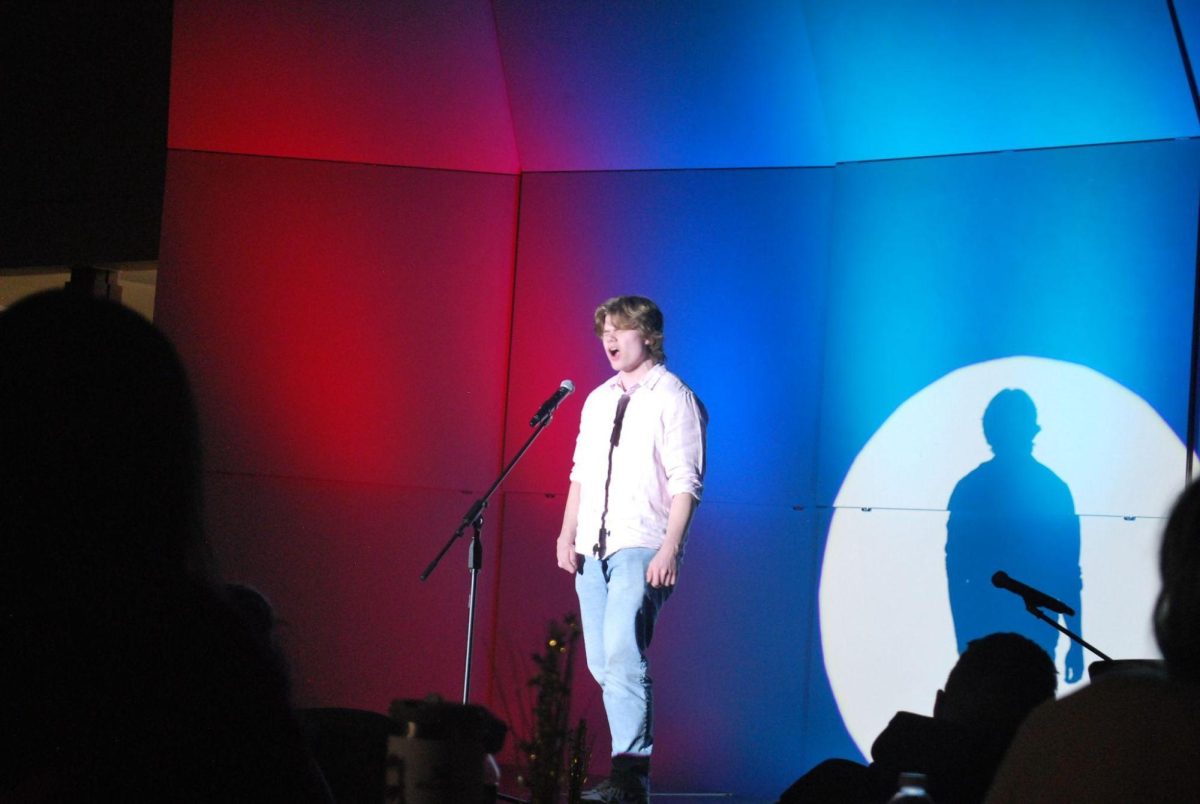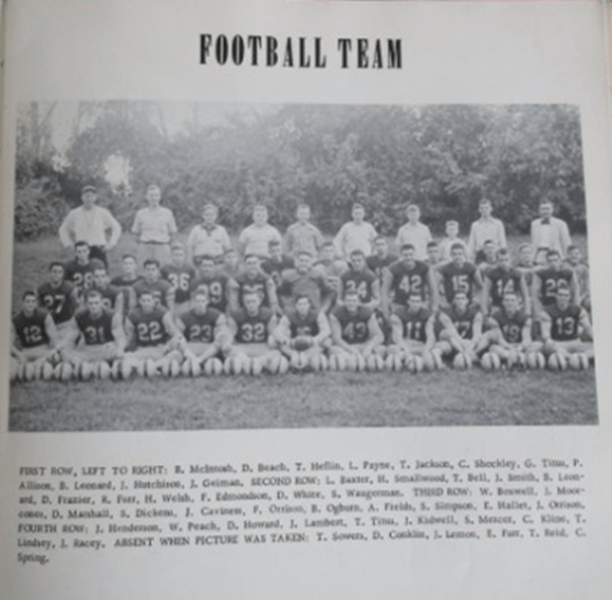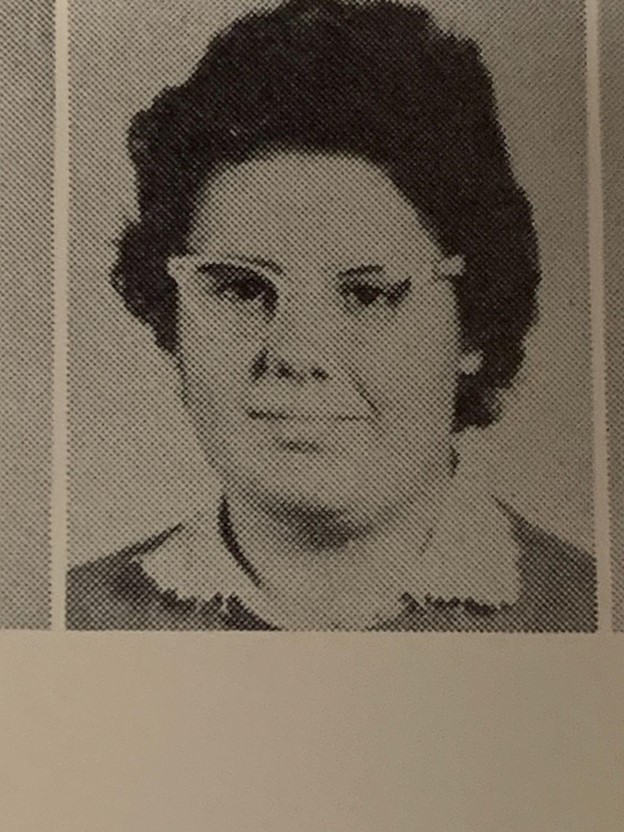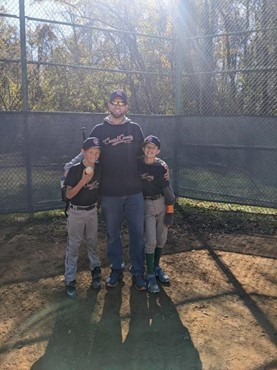School Board coordinates protest against School Board
It all started with an email, a protest, fervent with complacency sparked through simple keystrokes.
The administration sent it out, teachers read it and communicated to the students: this is when, where, and how you can protest.
The uniformity of the email ensured its authenticity, its familiar structure and verbage highlighted its origin within the very administration being protested.
The event had been approved by the administration after all.
After the school board had experienced first hand how encouraging a protest about their incompetent handling of a sexual assault case worked well to dispel criticism towards them, they decided to foment another approved protest, this time against their cover up of a teacher’s, Anthony Broxer’s, inappropriate actions towards several of his students.
And so, one cool March morning, teachers reminded students of the time, and the students streamed out onto the front lawn, which was the administration-designated walk out area, where they stood demonstrating without signage, which the administration had banned, in rebellion of the administration and how they had handled a recent disciplinary event.
Students, risking their reputation at the school, although they were assured in the original email that they would not be penalized, were supervised as they stood silently, breaking the status quo through their courage.
Ten minutes being over – the time allotted by the administration for the protest – the students walked back into the building, reluctantly yet proudly, knowing they had truly stood up for others and for themselves.
While some students weren’t super invested in the case, they still choose to involve themselves in this noble demonstration.
“I just knew, since some of my friends were going, I could really fit in with the crowd if I went, and I heard something about this student as well, I think that was really wrong,” sophomore Daniel Peters said.
Others felt more strongly about the issue being protested.
“I’m so glad the school board organized the ten-minute silent protest. I was ready to bring the issue to national news on my own, and I already had a letter written to the editor of The Washington Post,” Janet Howard said. “But luckily, those ten minutes of silence were just what I needed to feel purged of my anger and my desire to change the system.”
With such borderline revolutionary acts, these students miraculously, with only a small amount of help from the School Board, found an effective way to communicate their distress, as well as truly damage the reputation of the School Board.
The School Board responded by hiring a spokesperson, previously an actor, who communicated to the student body the gravity of their actions, coming close to tears several times during his moving speech as he explained the impact these students actions had on the School Board members.
A rumor soon circulated after the event that during closed session, the School Board had taken the drastic action to acknowledge the event happened and had consented to going to court as a defendant in a lawsuit brought against them by one of the affected students.
Another protest, planned by the School Board preemptively, is scheduled for a still unknown announcement they are planning on making at the next School Board meeting, which, according to a source close to the board, will likely take place at the height of the lawsuit.
“We realized that allowing these students to believe they were hurting us would actually help us,” laughed Tim Marsh, Loudoun County School Board Member. “They aren’t going to do anything else, children are complacent these days, as long as we give them a superficial outlet they’ll take it and go back to doing nothing about these things the next day. It’s why I, in fact, everyone in the government loves this new generation so much.”
Your donation will support the student journalists of Loudoun County High School. Your contribution will allow us to purchase equipment and continue to print our issues for the students at our school.

Editor-in-chief Liberty Harrison is a senior at LCHS. This is her third year working on the newspaper staff. She would like to one day be an investigative...




















